Today, January 7, we celebrate the feast day of Saint
Brannock (6th century), a simple Welsh farmer, who became a monk and
brought Christianity to the English county of Devon. Famed for his holiness and zeal, as well as the miracles of his
ministry, Saint Brannock is still celebrated today by the residents of
Braunton, where he founded his monastery.
Saint Brannock is believed to have migrated from South Wales
to Braunton (in Devon) in the sixth century, founding a monastery. He is said to have ridden into town on a
donkey, although legend also tells of his floating across the Bristol Channel
in a stone coffin. Regardless of his
means of travel, upon his arrival, he discovered the local peoples to practice
Paganism. Here, in the small Pagan
community of farmsteads, Saint Brannock taught the natives more productive
farming methods, eventually teaching them the Christian faith and turning them
from worship of nature spirits believed to live in the forests and rivers. With the help of his new congregation, Saint
Brannock built the first church in North Devon.
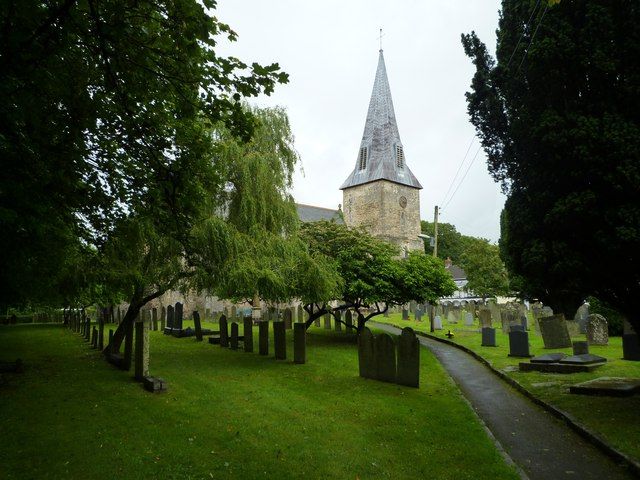 |
| Saint Brannock's Church, Braunton |
Of course, the construction was marred with many
difficulties. Most often, the workers
would find their hard work from the day before destroyed by some inexplicable
force during the night. Saint Brannock
urged them to keep the faith, and himself was visited by an angel. The angel instructed the monk to seek a
meadow with a gently flowing stream, near which he would find a white sow
suckling her seven piglets. Brannock
undertook the search, and finding this sign, consecrated the ground to the Lord
and began construction on the site where today’s parish church remains.
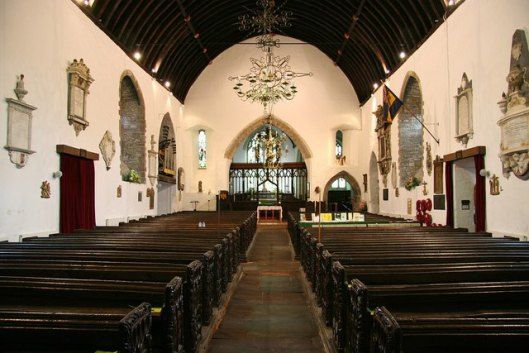 |
| Saint Brannock's Church, Interior |
Saint Brannock was recognized widely for his holiness and
zeal for the Lord, as well as for the miracles that followed him. On one occasion, it is said that Brannock’s
prized family cow was stolen, chopped up, and set to boil over a fire. When Saint Brannock discovered this, it was
found that the water refused to boil, and after he breathed life into the pot,
the cow was miraculously revived. This
same cow is said to have provided sufficient milk for the entire monastery upon
completion, and is frequently pictured in art with the saintly monk.
 Following a long and just life, Saint Brannock died
peacefully in the Lord, and his remains were interred at the church in
Braunton. There, they have remained to
this day. On June 26th, during the reign of Elizabeth I, his body
was interred beneath the high alter of the church. To this day, Saint Brannock’s relics are paraded through the streets
of Braunton in memory of his holy life and service to the community.
Following a long and just life, Saint Brannock died
peacefully in the Lord, and his remains were interred at the church in
Braunton. There, they have remained to
this day. On June 26th, during the reign of Elizabeth I, his body
was interred beneath the high alter of the church. To this day, Saint Brannock’s relics are paraded through the streets
of Braunton in memory of his holy life and service to the community.
Righteous tutor of the children of Brychan, O wise Father
Brannock,
thou didst win many souls for Christ by thy tireless endeavors.
In Devon's Braunton Church are your concealed precious relics.
Pray that we, being ever mindful of our heritage,
may never deviate from the true faith,
thereby, receiving the reward of the blest.
thou didst win many souls for Christ by thy tireless endeavors.
In Devon's Braunton Church are your concealed precious relics.
Pray that we, being ever mindful of our heritage,
may never deviate from the true faith,
thereby, receiving the reward of the blest.

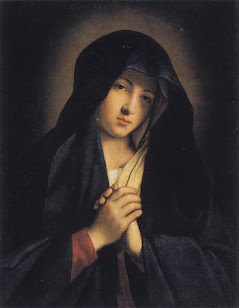
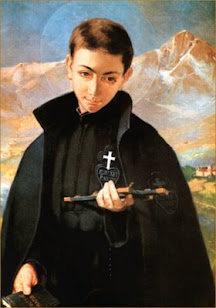



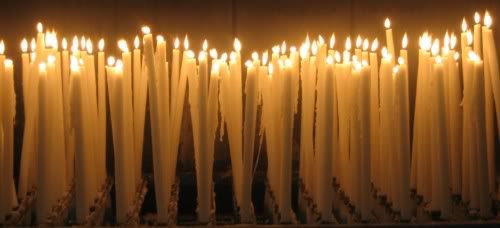

0 comments:
Post a Comment
Thanks for leaving a comment. If you wish to submit a prayer request, however, please do so above, using the "Contact" tab.